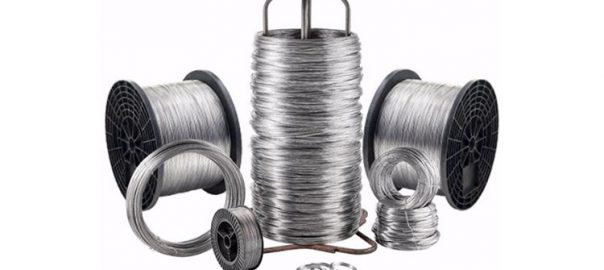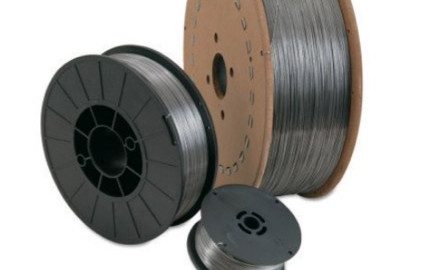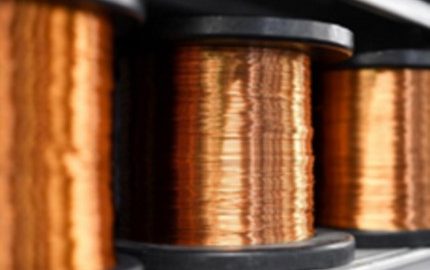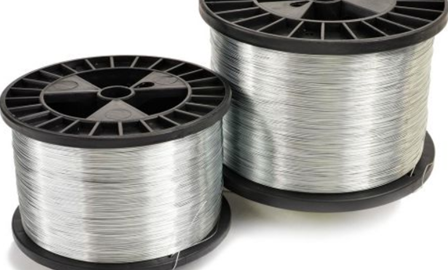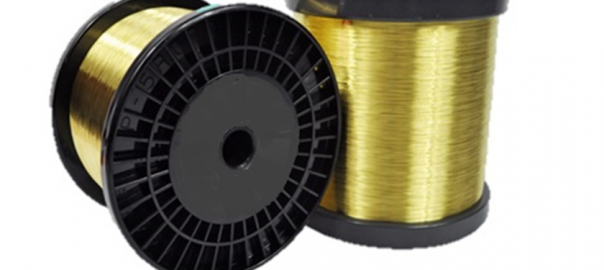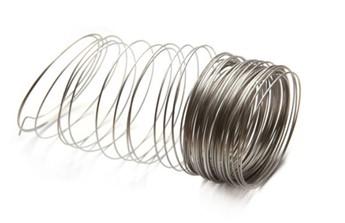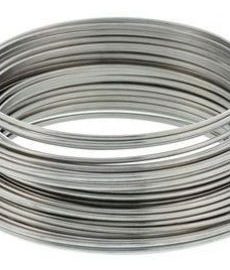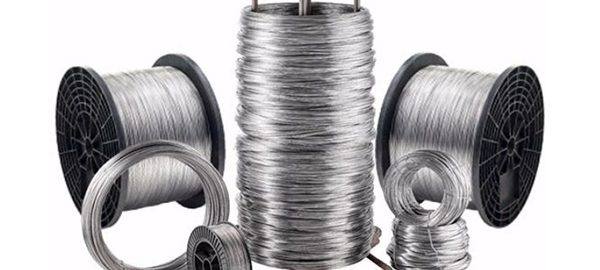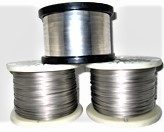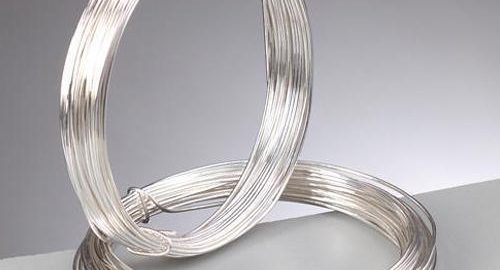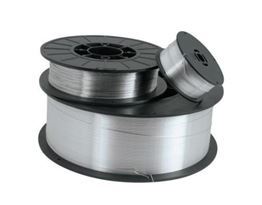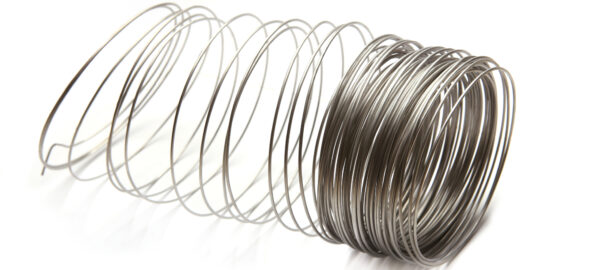
Thru-feed centerless grinding is used for surface finishing of straight material. It is a cost effective method of producing precision parts with short lead times while maintaining consistent high quality.
It is widely used in the aerospace, automotive, defense and medical industries. We offer grinding from 0.0200″ to 0.2500″ diameters in various lengths.
Grinding wheels do the work as they would on other grinders. Abrasive materials are the same as with other grinding wheels, but the size and shape of centerless wheels differ from other kinds of grinding wheels. Centerless wheels most frequently are bonded with resin materials, unlike other sorts of wheels, which are vitrified. Resin bonding enhances the efficiency of centerless grinding and produces a more resilient wheel.

Like a grinding wheel, a regulating wheel is made of an abrasive material but usually is bonded with rubber or some other similar substance. As the name implies, a regulating wheel regulates the speed of a part as it is rotated against a grinding wheel. A regulating wheel may be more critical to the process than a grinding wheel because a regulating wheel controls the material removal rate, surface finish and geometry.
Like a regulating wheel, a work rest might be more important than a grinding wheel. A work rest supports a part during grinding. It is easy to see in the diagram on Page 56 how the whole process would be impossible without a work rest. It most often is made of a hard material that resists the tendency of a part to pick up material from a rest. A rest commonly is capped with a carbide strip. The geometry of a rest is crucial as uneven surfaces can allow a part to flex, resulting in chatter, poor surface finish and incorrect geometry. A work rest generally has an angled working surface, which plays a vital role in the efficiency of the process. As the angle becomes steeper, the rounding action of the process is enhanced.
Contact us for more information about Thru-feed Centerless Grinding.




